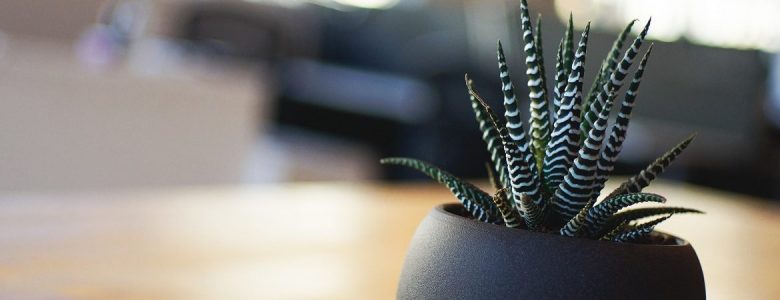Take a fresh breath: air purifying plants for your apartment
Do you experience poor health that seems linked to spending time indoors? You may be suffering from Sick Building Syndrome. NASA may have the answer to your problems with air purifying plants.
Sick Building Syndrome
The term Sick Building Syndrome encompasses a set of symptoms that seem related to the air quality found within a specific building. “Sick buildings” are buildings in which air quality causes significant health complaints among occupants. Since symptoms of SBS appear related to building air quality, individuals experience worsened symptoms the more time they spend inside the building.
What it is specifically that causes SBS varies from building to building, but most often it is a fault with HVAC systems, the presence of toxic compounds in building materials, or the improper exhaust ventilation of ozone.
Tackling the Sick Building Syndrome phenomenon
With our ever increasing sedentary lifestyles, an increase in the report of SBS cases should not be surprising. Fortunately, however, NASA might just have discovered an answer to the problem. According to a study by NASA1, certain species of indoor houseplants are capable of naturally removing toxins from the air. By removing these toxins in sick buildings, indoor houseplants create better air quality and a lesser chance of residents developing SBS.
Apartment living, SBS, and air purifying plants
One of the most common breeding grounds for SBS is apartment buildings. Sometimes housing hundreds of people, all of whom are putting a toll on the building’s facilities, it is no wonder that apartment building owners are showing interest in NASA’s recent study.
According to NASA’s research data, something as simple as placing a single houseplant for every 100 square feet of a building can greatly improve air quality. So not only would apartment building owners experience less risk of insurance claims from sick tenants, but they would also benefit from longer lasting utility systems. With less toxic chemicals in the air, ductwork experiences less buildup, and function at higher capacity for longer periods.
Toxin filtering houseplants
The NASA clean air study took a look at numerous air purifying plants and their capability to filter out various toxins. When it comes to houseplants for an apartment, their data shows that the peace lily, English ivy, variegated snake plant, red-edged dracaena, and florist’s chrysanthemum are the most beneficial plants for improving air quality. These five plants have all been proven to remove benzene, formaldehyde, trichloroethylene, xylene, toluene, and ammonia from the air. It isn’t too hard to find these plants either.
The question is, though, whether or not the capability of these air filtering plants comes at a cost. There are two possible drawbacks. One is cost. The other is toxicity to young children and animals depending on the houseplant. Of course, the cost of keeping one plant for every 100 square feet of a building is not insignificant, but it is perhaps worth paying to eliminate SBS. Toxicity of plants is a much wider reaching concern. While these plants filter many dangerous toxins out of the air, parents are likely to disagree that the benefits outweigh the risks when it comes to plant toxicity. Fortunately, this is also a concern that NASA considered when conducting their study. Of the five plants listed above, English ivy, variegated snake plant, and red-edged dracaena all provide their beneficial health effects without the toxicity of the peace lily and florist’s chrysanthemum.
Fresh air for your apartment
So, what does this study mean for apartment dwellers everywhere? It means that investing in a few English ivy plants, variegated snake plants, and red-edged dracaena plants might not be a bad idea. After all, wouldn’t you gladly pay the cost of a few apartment houseplants to neutralized toxins in the air you breathe!

